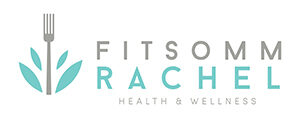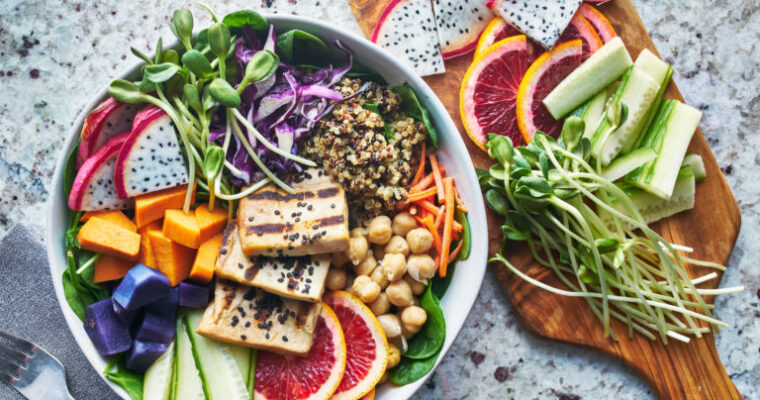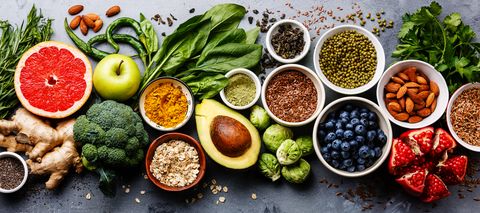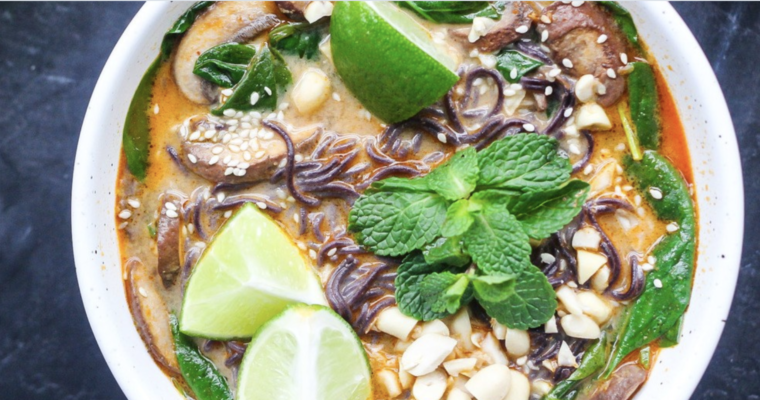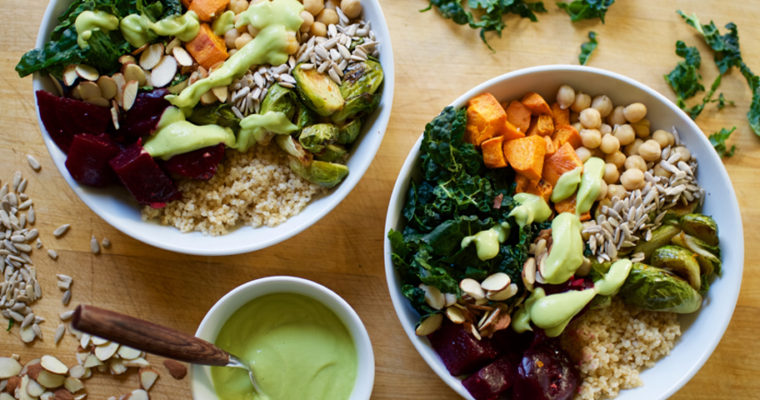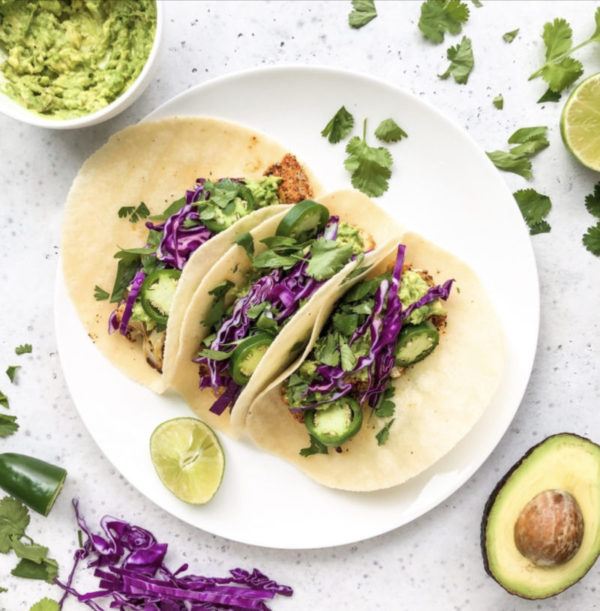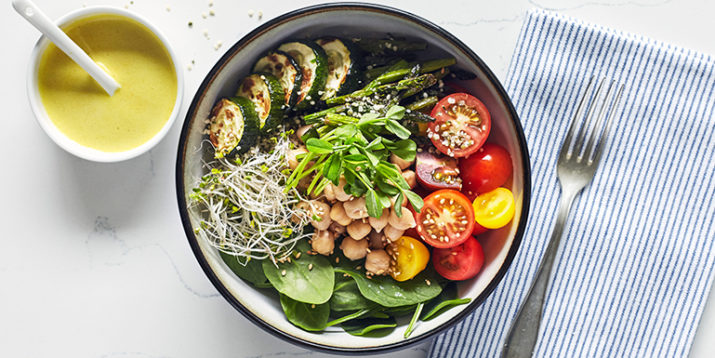Changing to a plant-based diet can be a big change, especially if you’re used to eating plenty of meat, fish, dairy and eggs in your diet. This can make it super daunting to commit to this lifestyle. You can make it a whole lot easier by easing yourself into becoming a vegan or following a plant-based diet. This way, you’re gradually being more vegan with your eating and you can get used to it. If you try to go fully vegan straight away, it can be overwhelming.
Understand how vegan nutrition works
Before we dive into how you can transition to a plant-based diet, let’s talk briefly about what kind of things you can eat when you do so. Vegans can be more likely to be deficient in certain nutrients and this is super common if you don’t replace animal products with vegan friendly alternatives. Calcium, iron, zinc, vitamin B12 and vitamin D are common examples. If you’re eating a whole food diet that’s rich in fruits, vegetables, legumes, whole grains, nuts, seeds and fortified foods, it’s a lot less likely that you’ll be lacking in these nutrients.
Check the ingredients
When you wander around the grocery store, you’ll often see a ton of foods that are labeled as “vegan”. This won’t always be the case though and not all vegan foods will be labeled in this way. It’s super smart to have a good look at food labeling and judge the situation for yourself. Anything that contains eggs, milk, meat or fish is a no-go but animal products can be more of a grey area. A few to look out for include whey powder and casein. Both of these are dairy products.
Taking animal products out of your diet
A lot of people find it easier to become a vegetarian first, and drop meat and fish from their diet. This gets you into the habit of removing animal products, without ditching all of them in one go. You can do this in stages and start introducing meat-free and fish-free days into the average week. It can be super tempting to add more eggs and dairy to your diet to make up for the lack of meat. Try to keep your consumption of eggs and dairy the same as before and add more whole foods instead.
Adding more whole foods into your diet
At the same time, you can also start adding in more foods that are naturally vegan. Look for ways to get more fruits, veggies, whole grains, beans, legumes, seeds, nuts and tofu into meals and snacks. This can be super helpful for replacing meat and fish in meals and can easily bulk out meals. Lots of meals can be made vegan just by swapping out certain ingredients.
Cutting out eggs and dairy
When you start to feel more comfortable in eating less meat and fish and more whole foods, you can ease into the next step of your transition. It can be easier to focus on moving away from either eggs or dairy first, rather than ditching both at the same time. If you know that you’re going to really struggle with ditching one particular food, leave this “barrier” food until the end of your transition and start phasing it out gradually at that point. Cheese is a super common one here. This step can be the hardest and it may take months to make your way through this stage of becoming vegan.
Tackling cravings
It can be super challenging to give up certain food groups and it’s totally normal to get cravings for meat or dairy, for example. You may find that experimenting with vegan alternatives can curb the cravings, especially if you don’t dive into this straight away. When you first go vegan, the taste of vegan alternatives can be off-putting. This is super common as you’ve not long stopped eating the real thing and you’re subconsciously comparing them to each other. After a little while, you start to forget what “real” cheese or meat tastes like and vegan alternatives can be a lot more effective for tackling cravings.
Another option is to buy vegan dairy alternatives and eat them alongside your “barrier” food(s). The trick is to gradually decrease the amount of “barrier” food you’re eating while also increasing the vegan alternative. Eventually, you’ll only be eating the vegan alternative and your taste buds will have acclimatized. This can work great with cheese, for example. Start off with a ratio of 75% dairy cheese and 25% vegan cheese and work your way to only using vegan cheese.
What if you can’t give up a certain food?
Sometimes, giving up on a particular food turns out to be a deal breaker for going 100% vegan. If you really can’t live without something, it’s okay to be mostly vegan and still have that food. You’re still doing a whole heap of great work to reduce your consumption of animal products.
